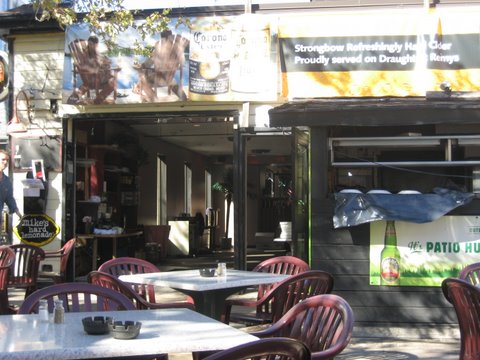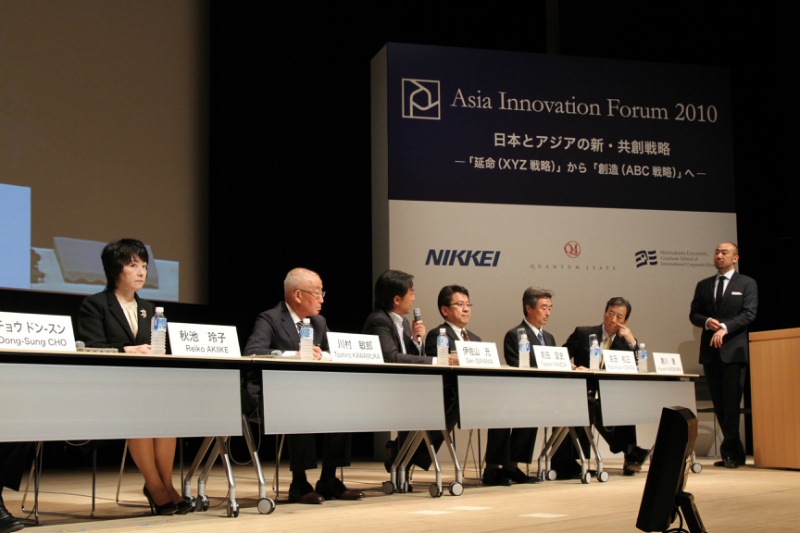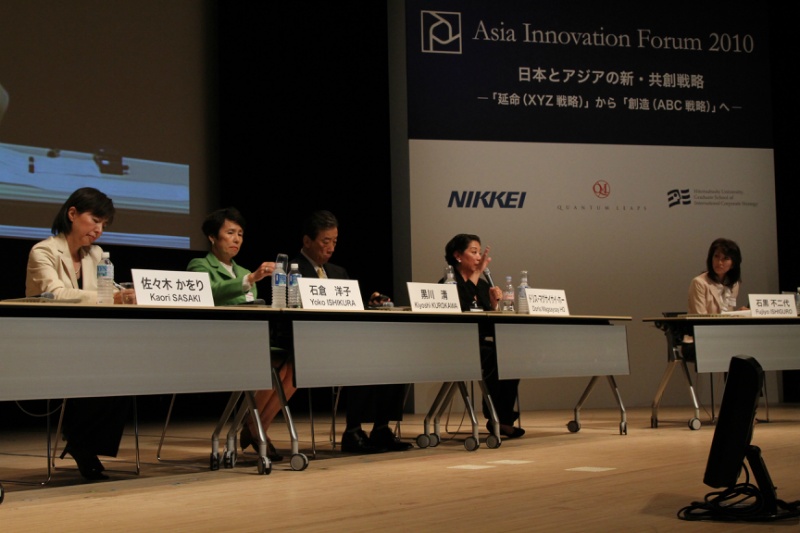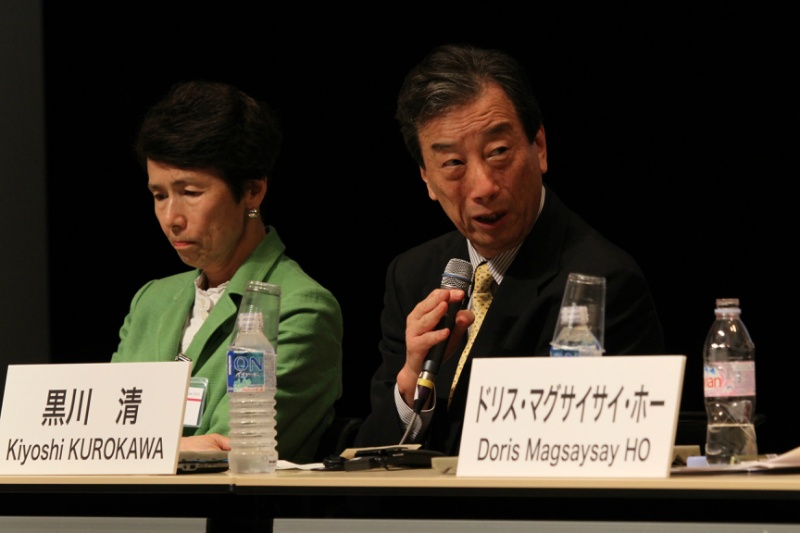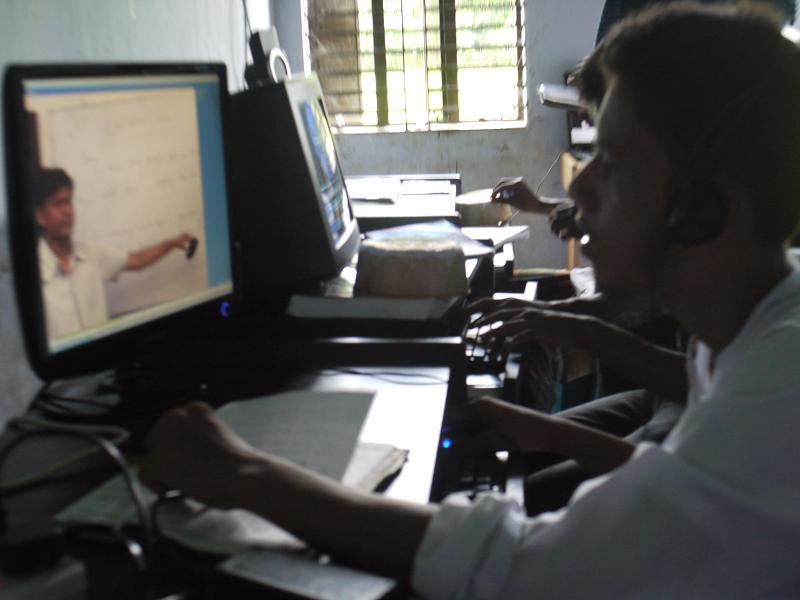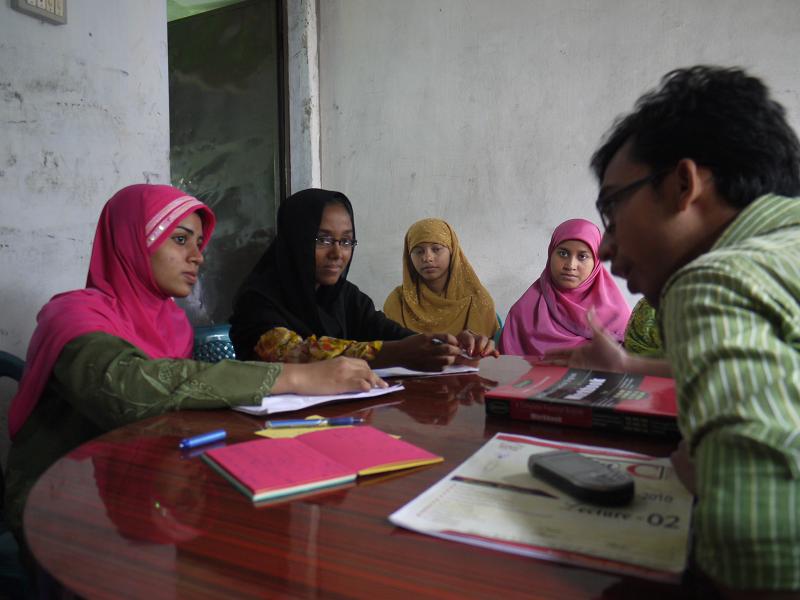I have been visiting Toronto twice a year, in Spring and Autumn for the past two years (Ref.1,2,3,4,5).
This time, I left Singapore early in the morning of 7th, spent 2 hours each for transit at Narita and Chicago O’Hare airport, arriving at Toronto at 7pm. By coincidence, I came across President Hatta and Vice President Fukushima of GRIPS, where I currently work for, at the Hotel check-in. After taking a short rest, we went for dinner at the near by Italian restaurant Fieramosca. Actually the place was quite nice.
Next day was a perfect autumn day, without a single cloud in the sky. Dr. Sunami, of GRIPS, myself, Dean and our partner at Munk School of Global Affairs (Ref.1), graduate students, and other interested people, total of 10 or so gathered to finalizing our plans for our collaborative Project. This Project is about ‘Integrated Innovation’ in global poverty and development, to investigate the current status and craft practical policy recommendations. We have been working on this for some time and this meeting in effect finalized the basic outlines for grant application. I am very pleased for our progress. By the way, we also plan to invite interested and committed researchers in this project, too.
While the meeting was still going on, I left the room to visit President Naylor at his office, to join Drs. Hatta and Fukushima, who were visiting him as part of their effort to set up exchange programs with several universities in Canada and GRIPS, and we discussed various subjects including possible future exchanges between GRIPS and University of Toronto. University of Toronto is very positive about encouraging international exchanges. In Japan, on the contrary, not many students today are interested in seeking overseas study and expreiences, and this problem is becoming a hot topic in Japan recently (Ref.1), which is a huge difference compared to Canada, a quite a cosmopolitan naton. But I think, in Japan, it is not the young generation that are reluctant to leave home, but the grown ups around those young people. This will naturally make young people while they grow, lose interest in the outside world.
I enjoyed nice time over lunch at the faculty club dining room located in the building beautifully decorated with wild vines. The huge campus is surrounded by trees and greens, it is clear at a glance that the students come from quite diversified backgrounds. Everyone looks lively and cheerful. Since it was the Thanksgiving season in Canada (one month earlier than U.S.), there seemed to be fewer students around, though…. I spent rest of the day taking a walk through the charming small paths behind the Four Seasons Hotel, visiting Japan Foundation Office in Toronto, having dinner together at the local Chinese restaurant.
Next morning started with a breakfast with Dr. John Dirks, the Chair of Gairdner Foundation Selection Committee, followed by a visit to Royal Ontario Museum to see Terracotta Army, and meeting with several other people. It was a wonderful 2 days in Toronto blessed with beautiful autumn weather. I will leave for Seattle on 10th. Toronto is a very Cosmopolitan city.
Although I saw fewer students than usual in the broad campus of the University of Toronto, probably due to the long weekend, I couldn’t help but feel that young people in Japan, or Japanese society as a whole in that sense, are currently in low spirit. It is fun to go abroad at young age, while you are more capable of being sensitive with a variety of things, having broader career choices ahead of you. I know that Japanese youths who participated at the Asian Youth Exchange Program in Okinawa (link to the AYEPO report of this year) got the idea of how other youths in Asia think and act, what and how they study. They continue to keep in touch with each other. They will make friends with young people around the world, and gradually will be able to find what they are good at or what they want to do. Human network will expand from such experience and maybe the possible field of their future activities, too. So, as I always say, I recommend you all, no matter whether you are in high school or university, to ‘take a leave of absence from school’ ? and there would be variety of styles to choose, for instance, what you do, where you go, or how long you stay. I am pretty sure that you will have some eye-opening experience, and find something that you would really like to do.

